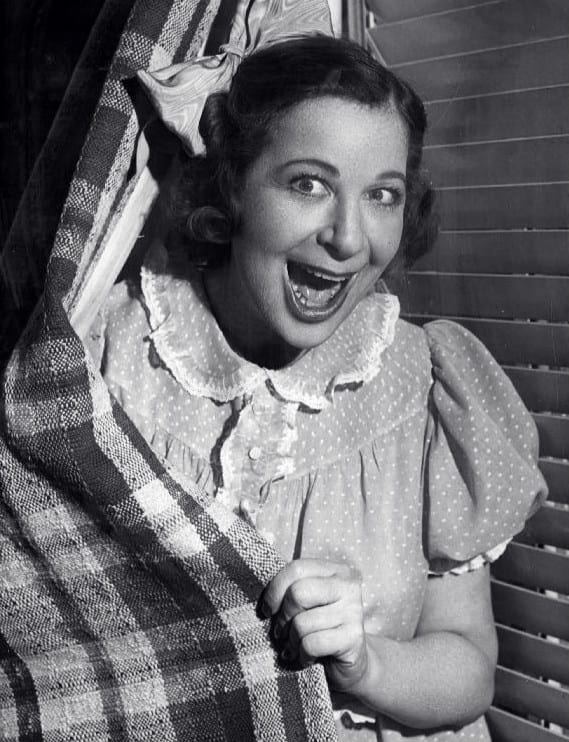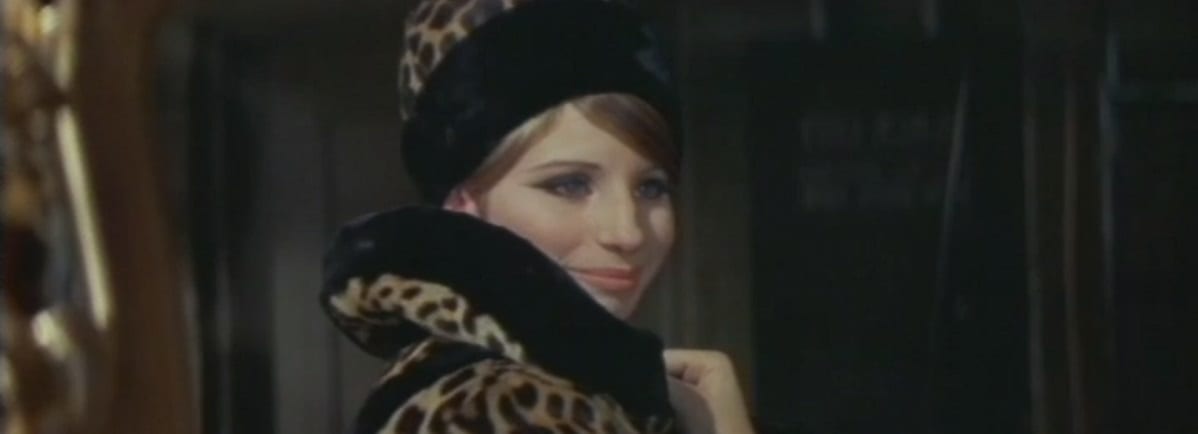Itzig Stern did everything possible to hide his Jewishness. He took pains to lose his Yiddish accent, read only anti-Semitic papers, and underwent dozens of plastic surgeries to fix his beaked nose, doe-like eyes, meaty lips, and thick tongue. His efforts paid off when he married a German-Christian bride. But the charade was revealed when he got drunk on his wedding night.
Itzig Stern starred in Oskar Panizza’s anti-Semitic satire “The Operated Jew,” written in Germany in the 19th-century. This was, of course, a poke at the image of “The Cultured Jew,” which appeared in Germany during the same period. No matter what Jews did throughout history to lose their identity – it ultimately came back to haunt them. Whether in Siberia, Nuremberg, or Hollywood, and often to the strains of “Hava Nagila.”

As to Hollywood and plastic surgery, one day in 1923 a famous Vaudeville actress, Fanny Brice, walked into plastic surgeon Henry Schireson’s private clinic. The Jewish chatterbox was determined to trim her hawk-like nose. In an industry controlled by men, a Jewish woman faced two strikes against her. Not long before that, a New York Times article had insisted that Fanny Brice’s nose must go. Brice was deeply insulted. Those were times in which America vilified strangers. A year later, the US enacted the Immigration Act of 1924, closing the gates of the land of infinite possibilities to immigrants.
Fanny Brice wasn’t an immigrant. She was born in Manhattan in 1891 to a well-established Jewish family. Unlike the millions of Jews huddled on the Lower East Side, Fanny’s parents wisely left Hungary for America moments before Jews from the Pale thronged to the US. As the comic was to learn, in life timing is everything.
Fanny grew to be a stormy, rebellious teen. She dropped out of high school at age 17 to appear in burlesque and quickly outshine her female colleagues. In 1910, the legendary Florenz Ziegfeld Jr. hired her to appear in his Ziegfeld Follies, in which Fanny starred off and on until 1936. The long, thin Fanny had a stem-like build, a long nose, and a broad mouth. She was the type of comic who provoked waves of laughter before she uttered a word on stage.

But Fanny did not wish to be remembered as a one-gag comic. Her war against her inner and outer demons caused her to seek Dr. Schireson’s help in excising the Jewish infringement on the center of her face. Elective plastic surgery was extremely rare at the time. Fanny Brice actually made the history books as one of the first women to undergo plastic surgery in the Modern Era. That earned her the title of “a pioneer among plastic surgery patients in the American entertainment world.”
Did the surgery meet her expectations? Spoiler alert: No. Fanny’s profile was abbreviated – but not to the extent that she wished. Nor did it make her less funny. Moreover, her second husband of three, gambler Julius “Nicky” Arnstein, declared that he was no longer attracted to her after the nose job. A more likely explanation was that he never came home after leaving prison and saddling Brice alone with two children.
Fanny rose to the occasion and reinvented herself. This time it was backstage and far from the bright lights – on radio. Her portrayal of Baby Snooks, a toddler with a big mouth who talked back to a “Daddy” played by Alan Reid, made her a historic hit. Millions of listeners tuned in on Thursday nights to laugh out loud at the series of “innocent” questions that Baby Snooks posed to her daddy. Snooks’s annihilation of societal norms left her father tongue-tied. The program ran for 21 years and hosted such greats as Frank Sinatra, Bing Crosby, and Bob Hope.

In 1951 after years of appearances in film and Broadway musicals, Fanny appeared as Baby Snooks on a CBS television program costarring Henry Stafford. But she quickly returned after that to radio, far from the scrutiny of viewers who judged her from head to toe. She joined the cast of Tallulah Bankhead’s well-sponsored The Big Show. At its height, it was radio’s answer to Saturday Night Live, and Fanny appeared alongside big-name comics including the Marx Brothers.
On May 19, 1951, when she was only 59 and a mere six months after her debut on Tallulah Bankhead’s program, Fanny Brice died of a massive stroke. That night, The Big Show aired in honor of her memory.
Fanny Brice was revived 17 years later, in the form of Barbra Streisand’s portrayal of her in Funny Girl – a film that depicted the ups and downs of Brice’s famous career and her relations with gambler Arnstein.

Streisand earned an Oscar for her role in the film. The perfect casting was nothing less than Fanny Brice 2.0. Both grew under the bright lights of show business. Both were highly gifted. And both sported one hell of a Jewish schnoz smack dab in the middle of the face. But Streisand was proud of her Jewish nose and refused to surrender to pressure to undergo rhinoplasty.
When asked what made her voice so special, Streisand responded, “My deviated septum. If I ever had my nose fixed, it would ruin my career.”
Therein may lie a secret. They said of Cleopatra that had her nose been shorter history would be different. Perhaps, one need only look at the prominent noses of Itzig Stern, Fanny Brice, and Barbra Streisand to understand the comic-tragic fate of the Jewish people.